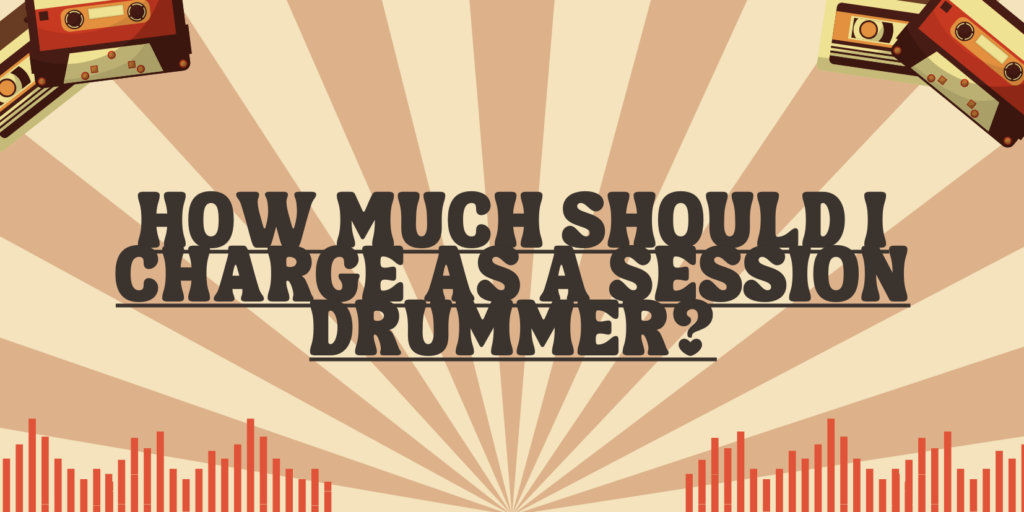If you’re a skilled drummer with a passion for rhythm, becoming a session drummer can be a fulfilling career choice. However, one of the fundamental questions you’ll face is how much to charge for your services. Session drummer rates can vary widely depending on factors such as experience, location, and the nature of the project. In this article, we’ll provide guidance on how to determine your session drummer rates.
- Assess Your Experience
Your experience as a drummer plays a significant role in setting your rates. If you are just starting out as a session drummer, it’s essential to be realistic about your level of expertise. You may need to charge lower rates to gain experience and build a portfolio. As your skills and reputation grow, you can gradually increase your rates.
- Consider Your Location
The cost of living and the demand for session drummers can vary greatly depending on your location. Session drummer rates in major music hubs like Los Angeles or Nashville may be higher than in smaller towns or regions with a less vibrant music scene. Research the local music industry to get a sense of the prevailing rates in your area.
- Type of Session Work
Session drumming can encompass a wide range of projects, from studio recordings to live performances. Rates can differ based on the type of work involved. Recording sessions often pay by the hour, while live performances may pay per gig. Consider the time, effort, and skill required for each type of session work when setting your rates.
- Project Complexity
The complexity of the project can also impact your session drummer rates. Drumming for a straightforward pop song may have a different rate compared to a complex jazz or progressive rock composition. More intricate projects may require additional time for rehearsals, charting, and fine-tuning, justifying higher rates.
- Session Length
For studio recording sessions, it’s common to charge by the hour. Rates can vary depending on whether you’re recording a single track, an entire album, or an extended project. Calculate how many hours you anticipate spending on a session to set an appropriate hourly rate.
- Additional Expenses
Consider any additional expenses associated with session drumming. This can include travel costs, equipment rental, and studio fees. Ensure that your rates account for these expenses so that you don’t end up losing money on a session.
- Negotiation and Flexibility
While having a clear rate structure is important, it’s equally vital to be flexible and open to negotiation. Clients may have budget constraints or unique project requirements. Being willing to discuss rates and find a mutually beneficial agreement can help you secure more session work.
Conclusion
Determining your session drummer rates is a process that involves considering your experience, location, project type, complexity, session length, and additional expenses. It’s crucial to strike a balance between valuing your skills and accommodating the needs of clients, especially when starting your session drummer career. As you gain experience and build your reputation, you can gradually adjust your rates to reflect your expertise and the quality of your drumming services.


